Managing Digital Employee Documents for Efficiency and Security
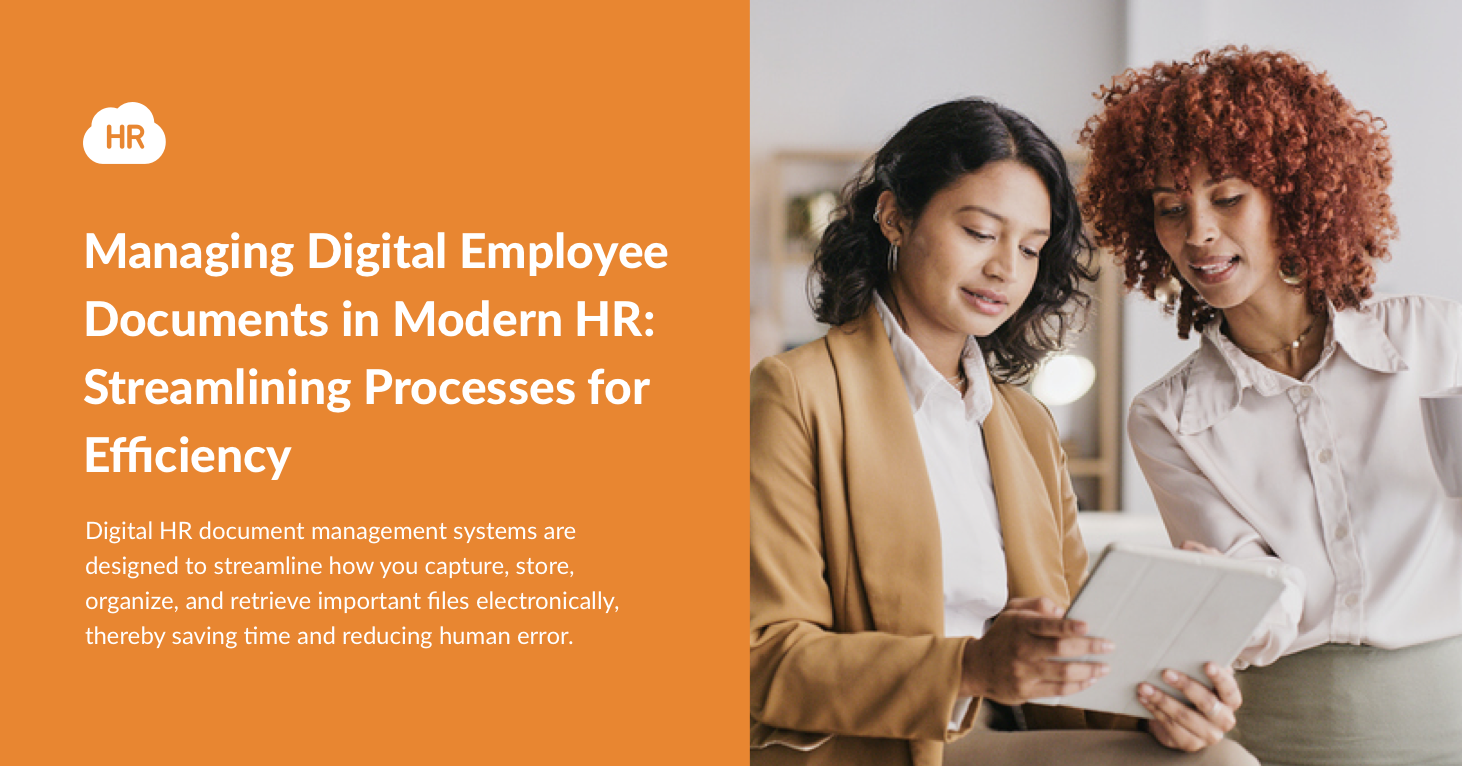
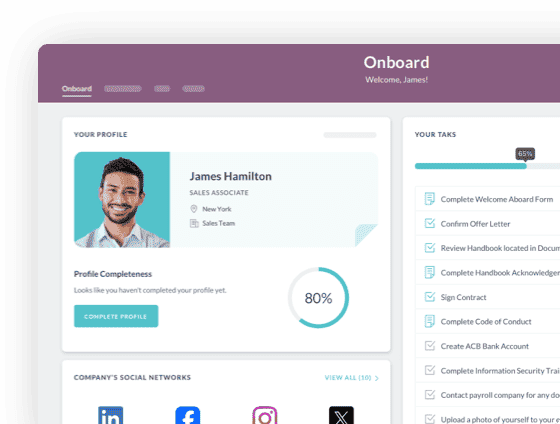
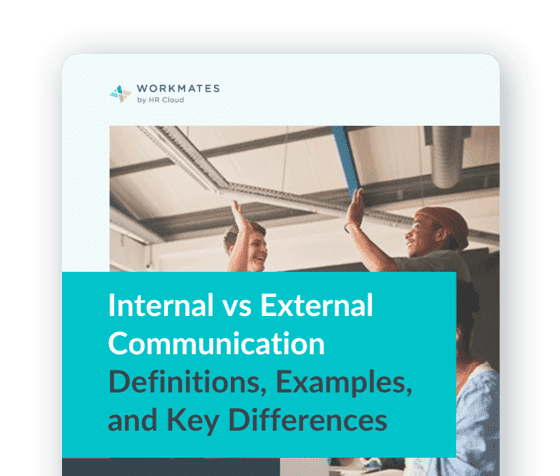
 Cut onboarding time
by 60%—here's the
Ultimate Checklist
that helped do it.
Cut onboarding time
by 60%—here's the
Ultimate Checklist
that helped do it.
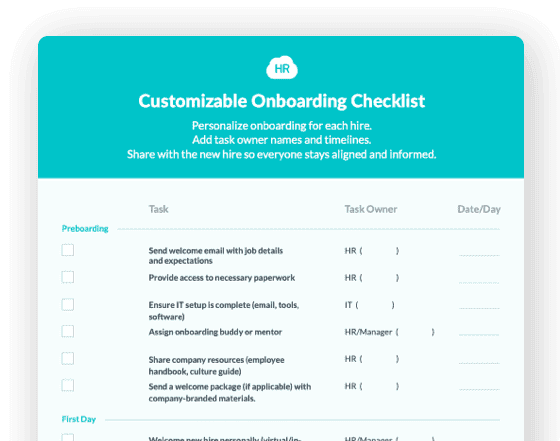
As companies of all stripes rapidly undergo digital transformation, the shift from paper-based systems to onboarding portals is essential not just for operational efficiency but also for strategic HR management.
It's integral for you, as a part of an HR department, to understand how digital document management can simplify the handling of employee records, from onboarding materials to performance reviews.
Digital HR document management systems, including employee onboarding portals, are designed to streamline how you capture, store, organize, and retrieve important files electronically, thereby saving time and reducing human error.
With the right digital onboarding solution, you can enhance data accuracy and accessibility while ensuring compliance with data protection regulations. By automating routine tasks, HR professionals can focus more on strategic initiatives such as talent acquisition and employee development. As a result, seamless access to personal files and HR-related documents empowers employees and fosters a more transparent workplace culture.
Designing a Digital Onboarding Workflow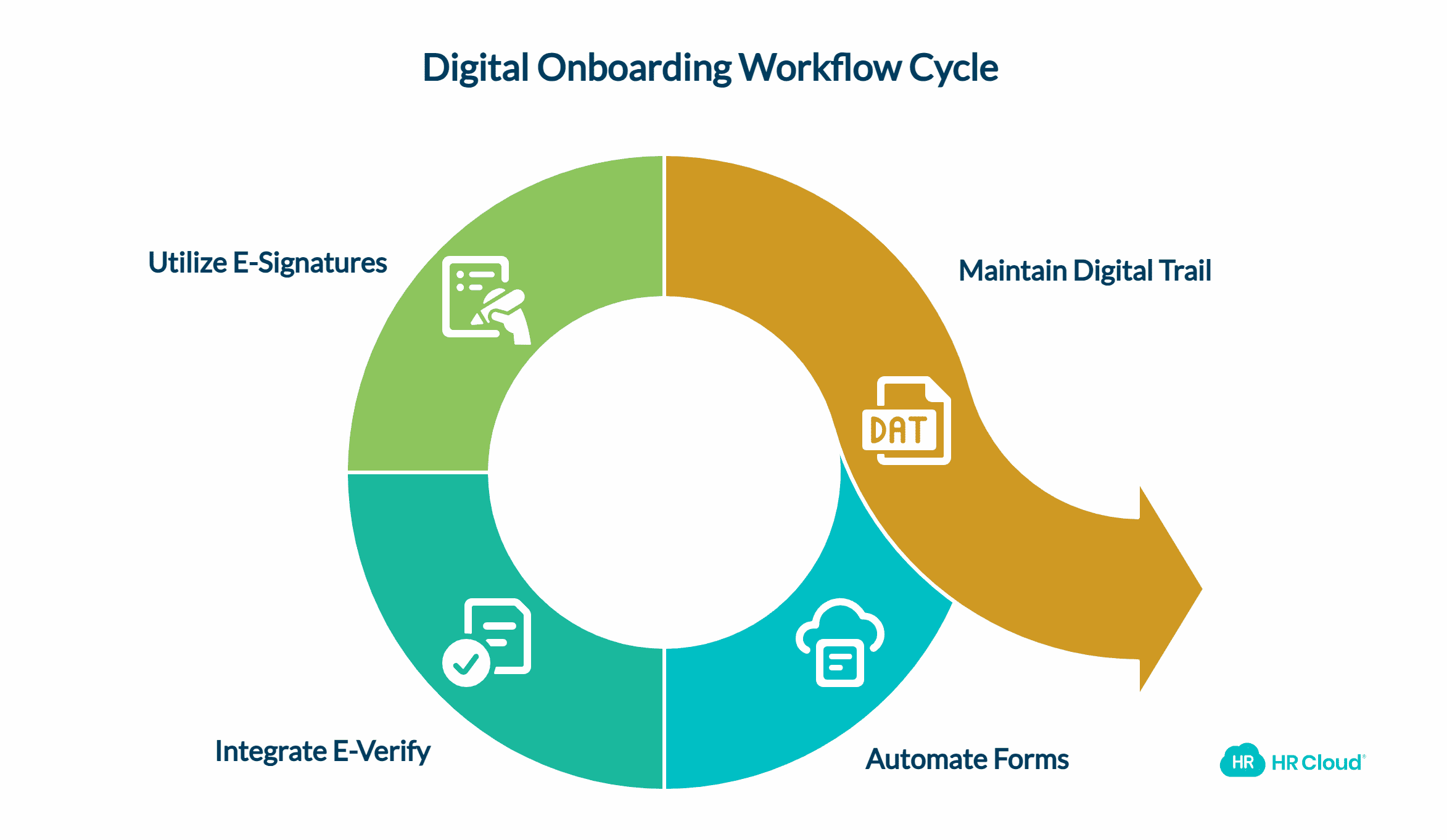
A well-designed digital employee onboarding process is a critical prerequisite for fostering efficient and successful onboarding experiences. By leveraging automation and cloud-based software, HR departments can streamline the onboarding experience, ensuring new hires integrate smoothly into their new roles.
Streamlining Hiring Processes
When structuring your employee onboarding process, focus on making each step as efficient as possible. Begin by establishing a series of automated, cloud-based forms for candidates to fill out.
Utilizing digital platforms allows for these forms to be accessed and processed anywhere, enabling a flexible and coherent flow of information. Consider integrating tools that streamline E-Verify and Form I-9, which are crucial for verifying employment eligibility and onboarding legally. An effective onboarding solution should encompass all these elements to create a seamless experience for both HR professionals and new hires.
Utilizing E-Signatures for Efficiency
To further enhance the efficiency of your digital onboarding process, incorporate e-signatures into the workflow. This document signing technology allows employees to securely sign documents online, eliminating the need for physical paperwork and reducing the time taken to complete this crucial step. It not only expedites the hiring process but also provides a digital trail that's easily auditable - crucial for compliance and record-keeping. By focusing on these areas, your digital onboarding workflow will become a beacon of efficiency, paving the way for a smooth transition for your new employees.
Secure Employee Document Management
In human resources, safeguarding employees' personal information is a priority at all times. Ensuring that digital documentation is managed with utmost security is not only a matter of maintaining trust but also of adhering to legal standards
Encryption and Data Security Measures
You should implement robust data security measures to protect sensitive employee information in your company by using data recovery software. PDF documents, widely used for their compatibility and consistency across platforms, should be encrypted, allowing only authorized individuals to access content. Incorporating reliable cybersecurity software into your document management system can provide an additional layer of protection, safeguarding against potential data breaches and unauthorized access to confidential information.
Investing in the best PDF SDK solutions can offer tools that enhance document security with features like password protection and controlled access to PDF files.
Encryption isn't just for PDF document management—it's essential across all types of digital documentation to prevent unauthorized access and data breaches. This includes the electronic signatures on your documents, which should use stringent security protocols to ensure they're legally binding and tamper-proof.
Compliance and Regulatory Requirements
Your document management system must adhere to compliance and regulatory requirements. Whether it's HIPAA, GDPR, or other privacy laws, understanding your compliance obligations and ensuring that your system aligns with them is critical to avoid hefty fines and legal repercussions.
Central to this is handling personal information securely and with confidentiality. Encryption and access controls are part of meeting these compliance needs, ensuring that sensitive information, such as personal employee data, is shielded from those without proper clearance.
Risk Mitigation and Audit Trails
Managing security risks is an ongoing process, and audit trails play a significant role in documenting access and changes to employee files. Audit trails help you track who accessed or modified a document, and when and how it was altered, creating a transparent record that can be reviewed for irregularities.
It is crucial to have systems in place that automatically log activities related to sensitive documents. This visibility not only helps with risk mitigation but also supports accountability and can be critical during internal or external audits.
Utilizing advanced vulnerability detection tools can enhance this process, identifying potential threats before they become significant issues.
It creates a framework wherein document security is maintained through consistent monitoring and reassessment of potential vulnerabilities.
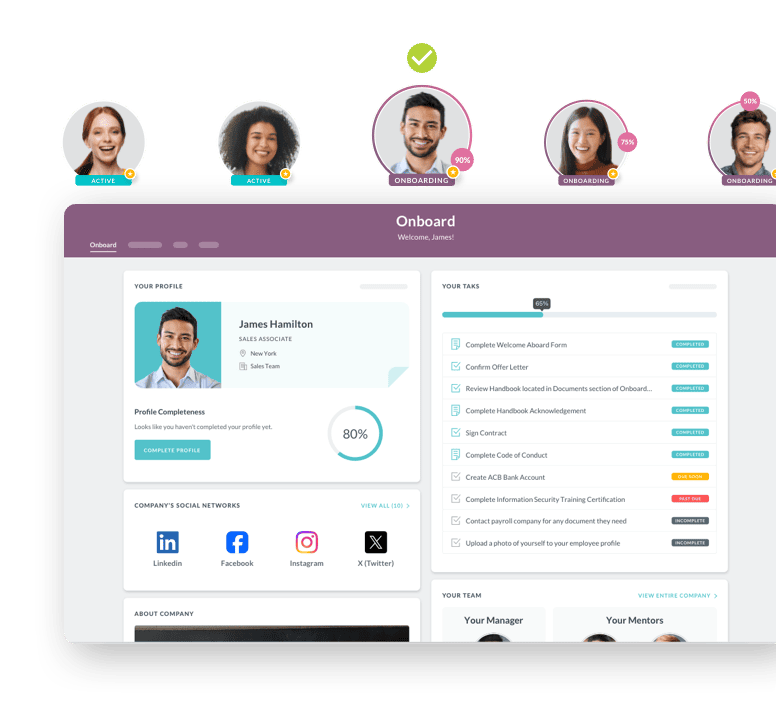
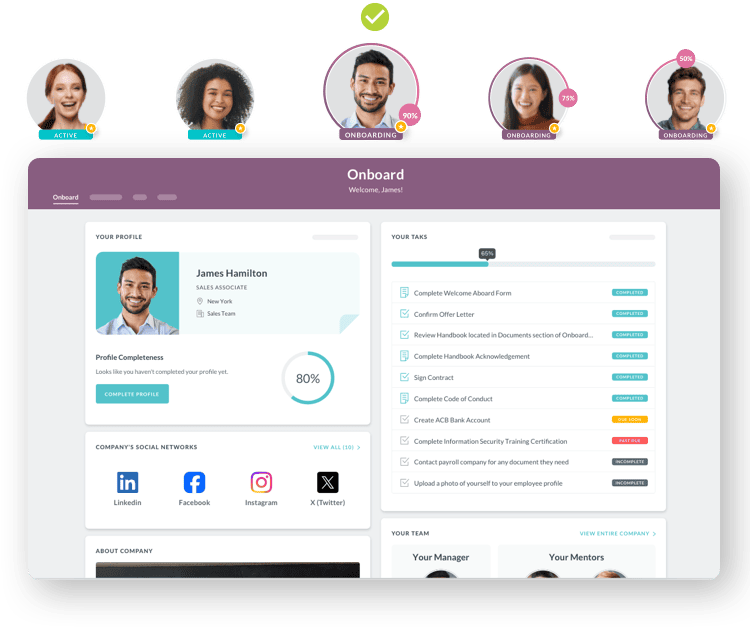
Enhancing HR Operations with Cloud-Based Solutions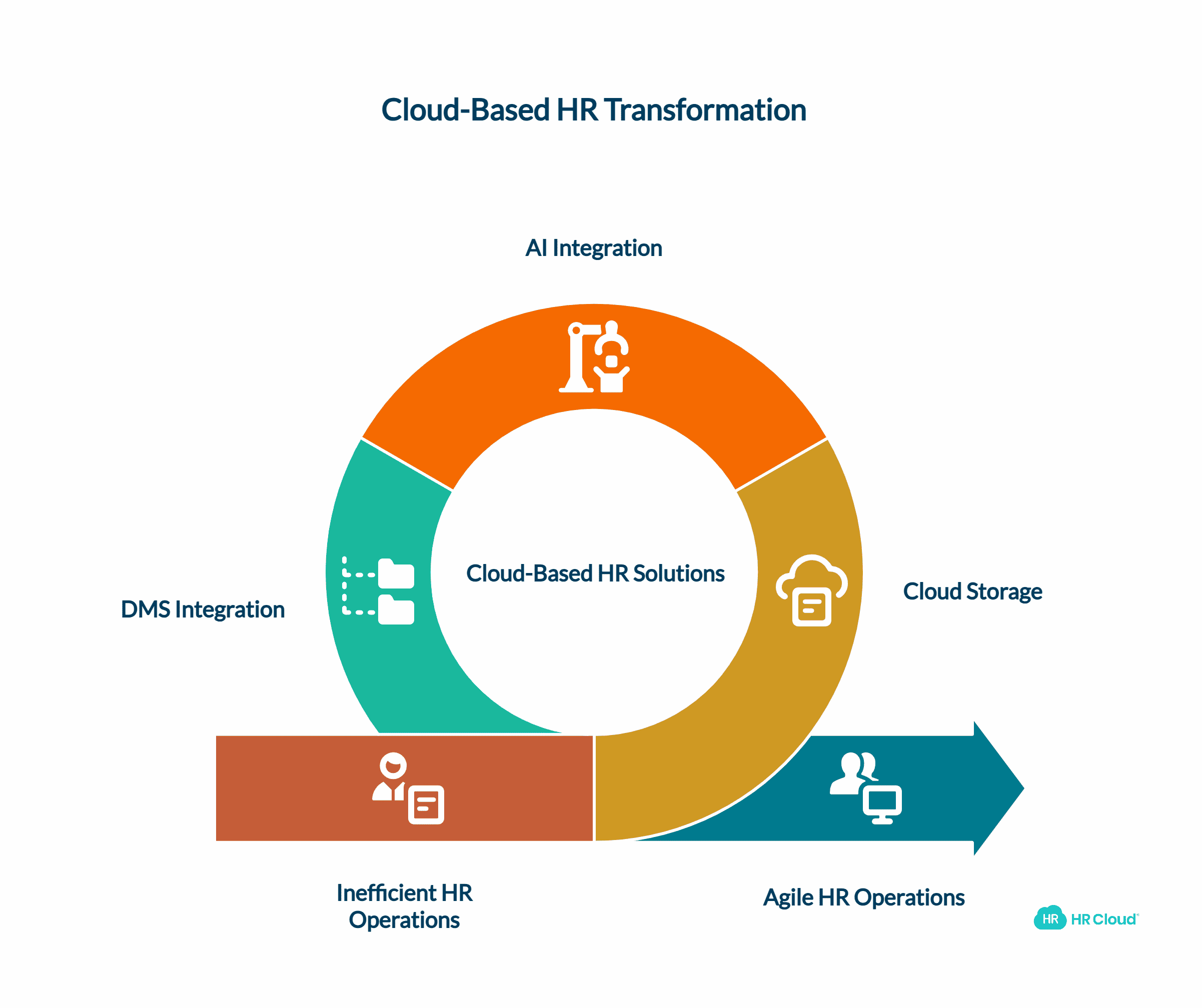
Cloud-based software solutions are transforming how HR departments manage employee data, making operations more efficient and secure.
Advantages of Cloud Storage and Accessibility
Embracing cloud storage enhances your organization's data management by offering scalable storage space and omnipresent accessibility.
Cloud-based systems enable you to securely store vast amounts of sensitive employee documents, with the added benefit of accessing these documents from any location, at any time. Taking things a step further, combining AI and cloud solutions allows organizations to maintain the highest degree of accessibility while freeing up time by removing the need for manual, repetitive tasks such as admin work.
This level of accessibility and efficiency supports a more agile HR operation that can react swiftly to organizational needs in a much more systematic way.
Collaboration and Support Tools
Cloud-based solutions amplify your team's ability to collaborate. Shared access to documents, simultaneous editing, and real-time updates ensure everyone is on the same page. Tools integrated into cloud-based Document Management Systems (DMS) enhance this collaboration, allowing you to provide support and gather feedback efficiently.
Integration with other HR systems streamlines processes, linking employee data directly to their documents and profiles within your organization.
Integrating HR Document Management Software
Integrating HR document management software into your cloud-based platform can be a game-changer. It not only centralizes your data but also empowers your HR team to automate workflows, such as new hire onboarding or updating employee records.
Cloud-based DMS tools often come with robust security measures designed to protect sensitive data—essential for maintaining the confidentiality and integrity of employee information long term. With cloud storage, you can ensure that security is a top priority. Integrating these systems helps you maintain compliance with regulations and provides peace of mind.
Document Lifecycle Management in HR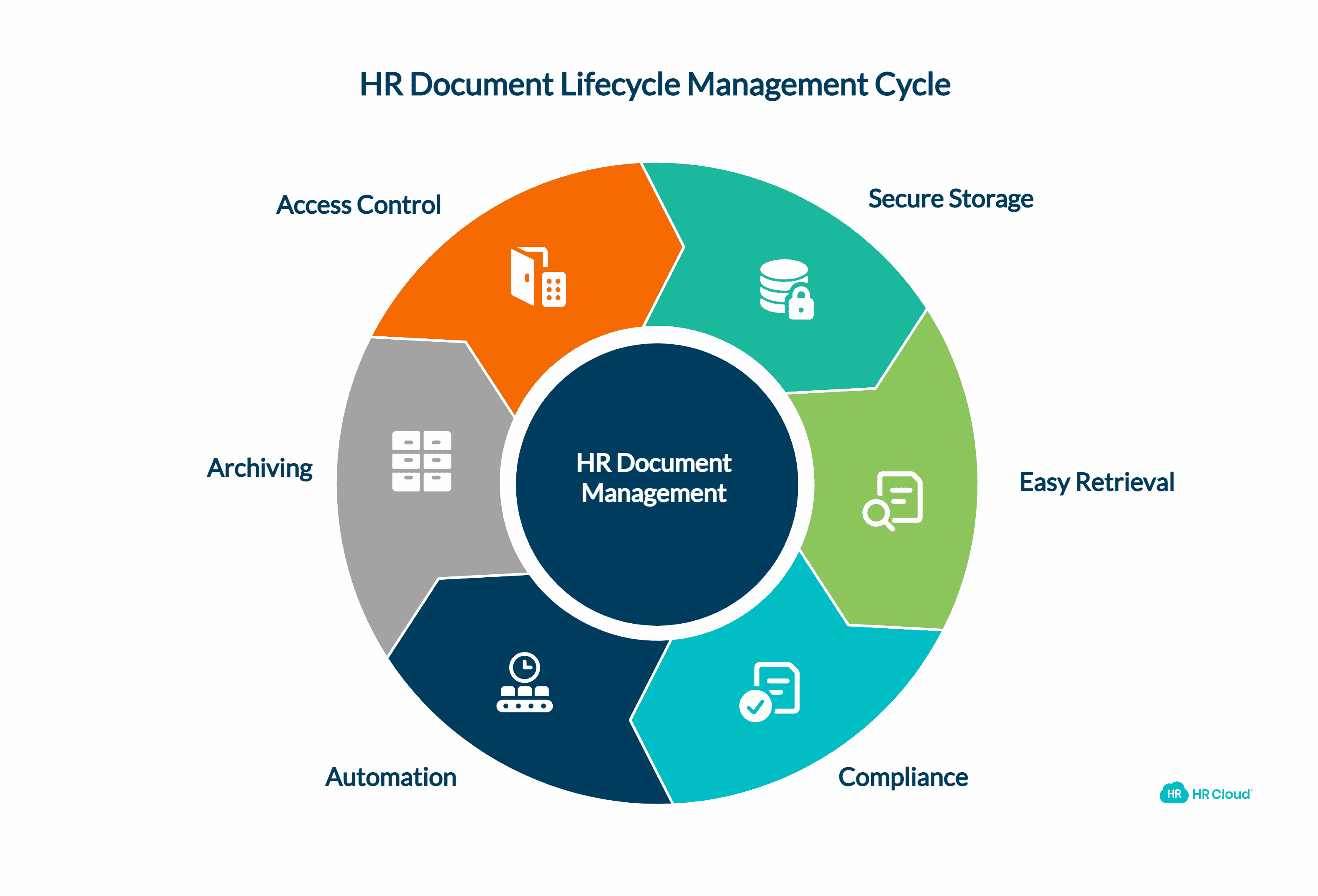
Effective document lifecycle management is essential, ensuring secure storage, easy retrieval, and compliance with retention policies. This strategy forms the backbone of any efficient HR department, ensuring that the information is managed properly from the moment it enters the company's system to its eventual archiving or disposal.
Automation of File Retention and Expiration
With a document management system, the automation of file retention and expiration becomes streamlined. You can set up retention policies specific to the type of document, which dictate how long they must be stored based on legal requirements and company needs.
Automation tools send notifications when documents are near the end of their lifecycle, ensuring you execute timely updates or deletions, thereby enhancing your record-keeping efficiency.
Archiving Strategies for HR Documents
When it comes to archiving, it's crucial to categorize documents for easy retrieval. Use a combination of metadata, indexing, and folder structures within your document management system to efficiently store files that are no longer active but still important.
An effective archiving strategy helps you maintain organizational clarity and complies with legal requirements for historical record retention. This approach is particularly useful for managing onboarding materials, ensuring they are easily accessible when needed but don't clutter your active document storage.
Employee File Management and Access Control
Employee file management is about balancing accessibility and privacy. Access control mechanisms within your document management platform allow you to configure who can view, edit, or share specific documents.
Through proper access control, you’ll secure sensitive information and protect personal data, ensuring your HR document management practices adhere to compliance standards and contribute to boosting employee retention.
Implementing these measures, your HR department can handle employee documents efficiently, responding quickly to changes while maintaining a high standard of data management and protection.
Optimizing HR Workflows and Employee Experience
In the era of digital workplaces, the strategic integration of technology streamlines your HR workflows, ensuring superior employee experiences from recruitment to retirement. Automation is key to increasing efficiency within your HR department. By implementing digital systems that automate routine tasks, you free your HR teams to focus on strategic work.
Improving Decision-Making with Accurate Employee Data
Data is the backbone of informed decision-making. A digitized HR workflow helps maintain a repository of accurate employee information, which can be accessed and analyzed to make evidence-based decisions. This online pool of data, when correctly harnessed, supports your drive toward operational excellence and strategic planning. Online portals provide a centralized hub for employees to access and update their information, further enhancing data accuracy and reducing administrative burden on HR teams.
Promotion of a Paperless and Efficient Office Culture
Transitioning to a paperless office not only aids the environment but also contributes to creating a lean and agile HR department. Embracing paperless onboarding and a digital content management culture can significantly reduce clutter and improve the retrieval of important documents, making your workflow more efficient and dependable.
By adopting process automation, ensuring data accuracy, and promoting a paperless office, you will enhance your HR team's capacity to deliver an exceptional new employee experience. A digital onboarding portal can be a cornerstone of this paperless strategy, providing a seamless interface for new hires to complete necessary documentation and access important information.
Transitioning to digital document management streamlines your HR processes, enhances security, and provides an accessible database.
By taking the time to focus on which of the innovative digital onboarding tools at our disposal an HR department should incorporate, the process of managing and handling employee documents can be transformed from a frenzied inefficiency of paper into a sleek, reliable, and above all, predictable process.
If properly implemented, both HR professionals and employees benefit - both in terms of security, accessibility, and efficiency. Moreover, these digital solutions can facilitate remote onboarding and employee training, making it easier for organizations to adapt to changing work environments and support a distributed workforce.
 Discover how our HR solutions streamline onboarding, boost employee engagement, and simplify HR management
Discover how our HR solutions streamline onboarding, boost employee engagement, and simplify HR management

Keep Reading
Designing Mobile-First Onboarding for Healthcare Field Staff
Let's start with a question that should shape every HR technology decision you make: Who
Best Workday Alternatives for Mid-Market Companies in 2026: Complete HRIS Comparison Guide
"We implemented Workday and our HR team still can't figure out half the features six
Night Shift, Float Pool, PRN: Onboarding Non-Traditional Nursing Schedules
Most nurse onboarding programs assume everyone works 9-to-5. Your carefully designed
Like What You Hear?
We'd love to chat with you more about how HR Cloud® can support your business's HR needs. Book Your Free Demo

Build a Culture of Recognition. Boost Engagement. Guaranteed.
Workmates empowers employees to stay informed, connected, and appreciated—whether they’re on the front line, in the office, or remote. Recognition drives 12x higher engagement.Trusted by industry leaders in every sector




Cut Onboarding Costs by 60%.
Take the confusion and follow-ups out of onboarding with automated workflows, digital forms, and structured portals—so new hires ramp faster 3X quicker.Trusted by industry leaders in every sector




